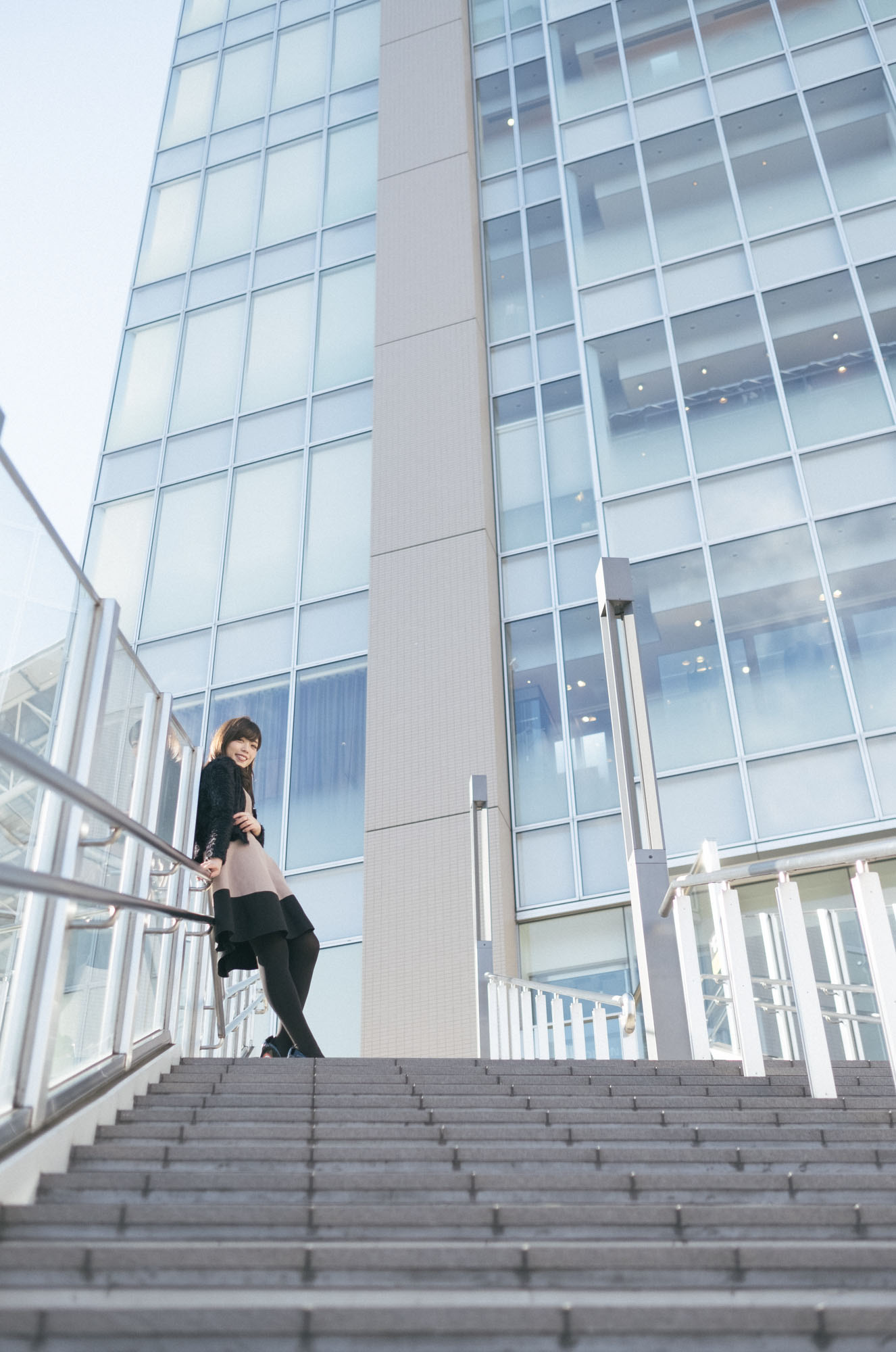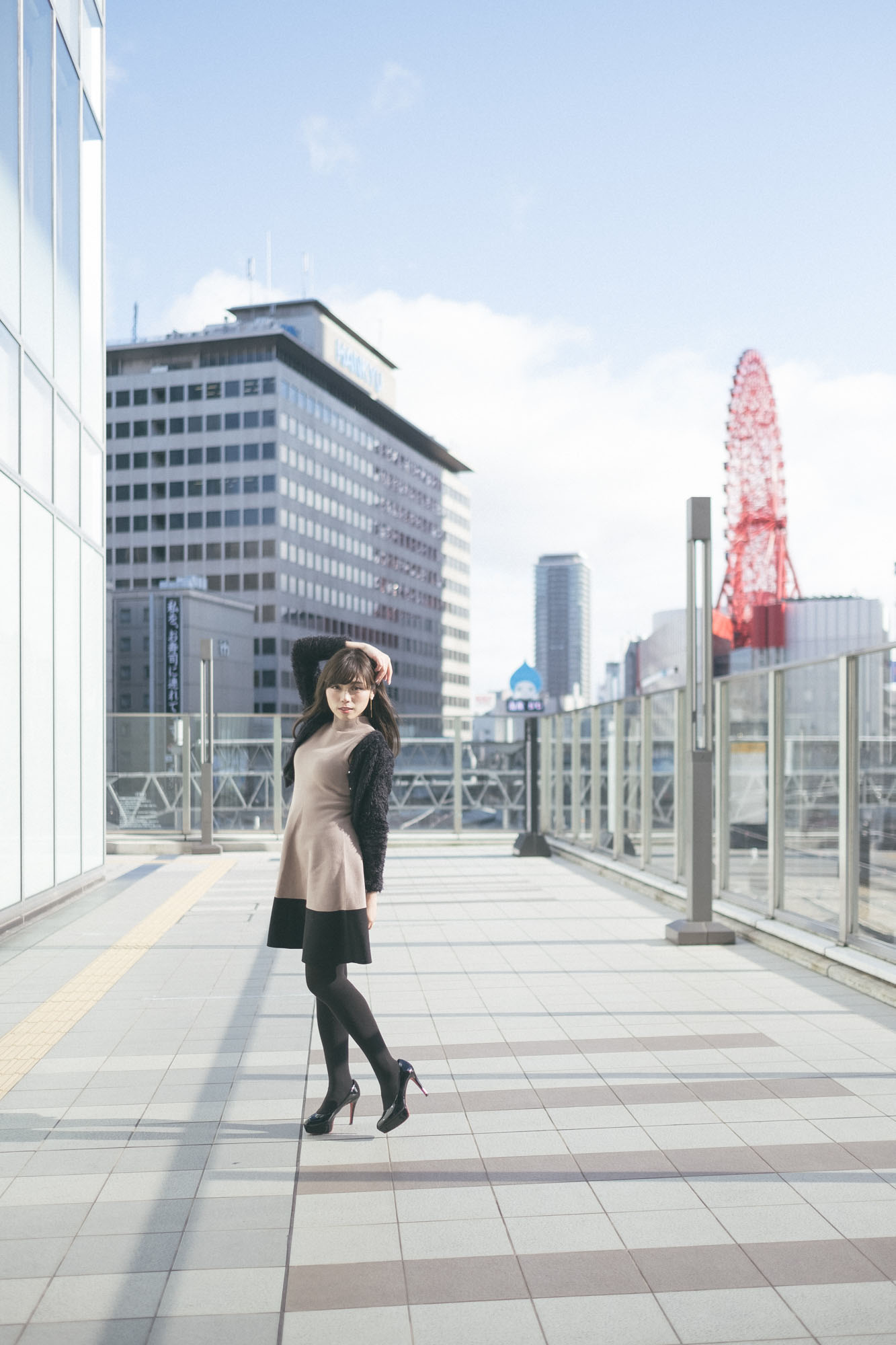Shooting notes from our initial test of the Fuji X-T2 + XF 56mm f/1.2 R & XF 23mm f/1.4 R whilst being bound within the city life…
This was our first real foray with the Fuji X-T2 and we’re not fully satisifed with it. A lot of it was due to the intial learning curve and our unfamiliarity with the Fuji system, coupled with some bad choices on Fuji’s part.
Our biggest problem was missing focus wide open - we didn’t discover until after the shoot that it is possible to adjust the spot focus size. For whatever insane reason the default “spot focus” is not, as one might expect, a spot (as in with every other camera on the market) but instead a maddening 3x3 focal point grid which is completely useless when shooting wide open at f/1.2 and trying to aquire an eye.
The mechanism for reducing this to a single spot is tragically hidden - there are no visible marked buttons or menu settings to change this and we ended up believing that this was the smallest focal point available and instead trying to manually focus everything to acquire eye focus at f/1.2 - no mean feat when the temperature was hovering at 2℃ and both our hands and the model were shaking.
The actual mechanism we discovered by accident later on - one needs to first:
- Put the camera into AF spot focus mode
- Push in the tiny thumbstick to make the focus points show 1
- After the AF point grid turns green, it is possible to turn the rear thumb dial to adjust the grid size
- Push the thumbstick in again to lock in the AF spot focus size
Alas, we didn’t realise this until well after the shoot with the end effect of having a ton of missed focus shots when shooting at wider apertures - we haven’t had a showing this bad since we first started playing around with photography years ago…
There are a host of other small quibbles that contribute to a general sense of “fiddliness” with the Fuji that one doesn’t see in more resolved, “big boy” systems like Canon/Nikon but these are likely simply the result of learning curve + being accustomed to the Canon/Nikon way of doing things (though we also use Sony + Leica bodies with some regularity and are comfortable saying that the Fuji is the clear outlier in some areas). These are things that we see becoming muscle memory over time.
The other big pain point for us however were the actual .RAF RAW files in post - it’s widely reported that .RAF files do not play nicely in Lightroom (Fuji apologetics like to invert the order of this statement claiming that “Lightroom does not handle .RAF files well” but given that Lightroom/Adobe Camera RAW is the market standard and Fuji is a tiny niche player the onus, unfortunately is upon Fuji…) and we found this to be immediately true.
Whilst there was tremendous latitude in the dynamic range and highlight recovery (we were pleasantly surprised), sharpening in particular was a terrible, smeary mess which further exacerbated the poor showing of the reduced out of focus (OOF) capabilities of APS-C lenses versus their “equivalent” FF brethern by adding an ugly worminiess and harshness to the quality of the bokeh. We also had some issues with the colour balance and understanding of how to push/pull/manipulate the various parameters of the .RAFs - whilst all RAWs handle differently from one another, again we find that the Fuji .RAFs were clear outliers to the more standard response patterns of Sony .ARWs, Leica .DNGs and of course the Canon .CR2 we are most accustomed to.
In the end however, this is something that we’re sure we will be able to slowly get around (we need to study up and change our workflow and perhaps some of our presets) with perhaps the questionable exception of the sharpening (we’re not changing to Capture Pro instead of Lightroom just for Fuji, for example). Undoubtedly there are people out there capturing great work with the Fuji X-T2 so the challenge is on us to figure out what we need to change about our shooting style to accommodate the quirks of the Fuji system - provided, that is, that we decide that it’s worth it in the end.
At any rate, this was just a quick set of shooting notes - stay tuned for a more in-depth review in a few weeks after we’ve had more time to play around with the Fuji to understand it more deeply.
-
This part is particulary unintuitive since one can easily move the AF point without needing to push in the thumbstick so there is no immediately apparent reason why you would ever want to push in the thumbstick. And unless you happen to also coincidentally rotate the thumbwheel whilst the thumbstick has been pressed in, you will never realise there is anything anything you can do in this “mode” beyond simply weirdly being able to move the AF point in exactly the same way as if you hadn’t pressed the stick… ↩










